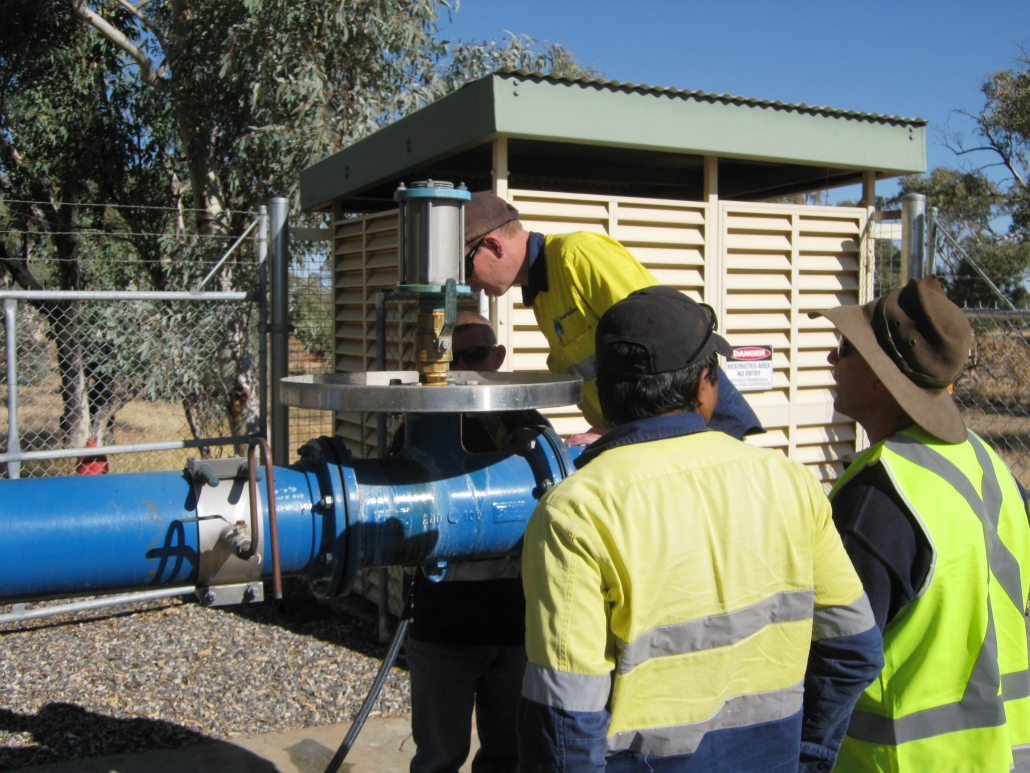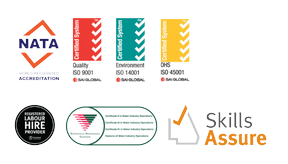In the water industry, training is not only a tool for building skills—it’s also a legal and operational necessity. Employers seeking to upskill their teams often turn to government-funded training programs but understanding how these programs work in practice requires more than just reading a brochure. It demands a clear grasp of both compliance obligations and the constraints and opportunities within funding structures.
As a Registered Training Organisation (RTO) specialising in the water industry, Simmonds & Bristow works within these frameworks daily. This article explains how the compliance requirements of an RTO align with industry outcomes and how funding can be navigated to support—not restrict—effective training.
Understanding RTO Compliance Obligations
Training funded through state and federal programs comes with compliance requirements that RTOs and employers must jointly meet. These include:
- Supervisor Requirements– Funded trainees must have a Qualified Supervisor in the workplace: someone with the right qualifications, employed at the same location, and available during working hours.
- Contact Hours– A specified number of contact hours must be documented and met through training and assessment.
- Record Keeping– Detailed records must be maintained, including training plans, progress logs, and assessment outcomes.
While these obligations may seem administrative, they’re designed to ensure learners receive meaningful, competency-based training. In some cases, where employers lack a suitably qualified supervisor, S&B has assisted by providing experienced operators to oversee trainee progress and maintain compliance.
The National Water Package: Fit-for-Purpose and Flexible
The National Water Package (NWP) was developed to suit the diverse needs of Australia’s water industry. With over 150 units of competency to choose from, employers can tailor qualifications to reflect local infrastructure, technologies, and regulatory contexts.
Training can be contextualised to the specific worksite and is often delivered face-to-face to maximise learner engagement. Units selected for a qualification can align with actual operational roles—whether that means water treatment, wastewater operations, or broader infrastructure support.
This flexibility is what makes the NWP truly effective. However, that flexibility doesn’t extend to the funding structures that support its delivery.
Funding is Fixed: 11 Units—No More, No Less
While the training package allows customisation, funding does not. Programs such as:
…will only fund full qualifications—typically capped at 11 units of competency (UoC) *for Certificate II and Certificate III in Water Industry Operations – total units differs for Certificate IV and Diploma. Partial qualifications or additional units are not covered under these programs.
This creates a significant challenge: the NWP may allow for more in-depth or site-specific training, but funding rules often restrict the scope of delivery. This has led some employers to take the stance that unless it’s covered by the state, it won’t be done—limiting both the quality and relevance of their training.
Short Courses and Skill Sets
Rather than limiting workforce development to the 11 funded units of a full qualification, many organisations choose to invest in Short Courses or nationally recognised Skill Sets to meet specific operational needs—especially when certain skills are not covered in funded programs.
A widely adopted example is the Liquefied Chlorine Gas Short Course—a focused training package built around two key units:
- NWPTRT007 – Operate and control liquefied chlorine gas disinfection processes
- MSMWHS216 – Operate breathing apparatus
This specialised training supports safe handling of chlorine gas in water treatment and has been implemented by a range of organisations, including NT Power and Water, as well as Isaac Regional Council and Barcoo Shire Councils in recent months. Their decision to fund this training directly reflects a commitment to risk management, compliance, and site-specific capability.
Other popular short courses include:
- Hypochlorite handling and dosing
- Environmental sampling techniques
- Field-based water quality testing
These programs provide a flexible way to upskill teams quickly and effectively—ensuring safety and operational readiness even when full qualifications aren’t the immediate goal.
Employers Investing Beyond the Minimum
Some forward-thinking organisations have taken a different approach. Seqwater and Sydney Water both recognised that the standard funded model wasn’t enough to fully develop their workforce. While government programs funded 11 units, their operational needs required 14 to 16 units.
Rather than compromise, they chose to meet the investment gap themselves. By contributing directly to their staff’s learning, they were able to:
- Deliver full, context-rich qualifications
- Support workforce mobility and promotion
- Build a culture of continuous improvement
This direct investment didn’t just complete qualifications—it raised capability across the organisation.
Linking Training to Career Progression
The Northern Territory Power and Water Corporation (NTPW) has also demonstrated how strategic training investment can drive long-term success. Their approach includes:
- Face-to-face training delivery, ensuring personal engagement
- Regular tutorials and supported workshops to help learners keep pace
- Structured wage progression, linked to competency achievement and recognition
This model not only supports skill development but also provides a clear incentive structure for employees—rewarding those who learn and apply new skills in the workplace.
Community-Based Training Success
In the Torres Strait Island Regional Council (TSIRC), a community-centred approach to training has achieved outstanding results. Here, funding is supplemented by council investment to:
- Deliver face-to-face training across multiple island communities
- Bring together large cohorts for peer-supported learning, skill sharing, and team building
- Provide 1-on-1 training in remote areas for maximum engagement and support
Thanks to this tailored approach, TSIRC has achieved an 84% completion rate in its programs since 2001—significantly above national averages. It’s a powerful example of how combining government support with local investment can deliver real, sustainable outcomes.

Conclusion: Making Training Work in the Water Sector
The National Water Package offers the flexibility needed to build a capable and responsive water workforce. However, funding rules are rigid, and relying on them alone often leads to limited results. Compliance requirements must be met, but it’s how employers engage with and invest in training—beyond the minimum—that makes the real difference.
Key takeaways:
- Training packages are flexible and adaptable to local conditions.
- Funding supports only a standard structure—usually 11 units of competency.
- Employers who co-invest can shape qualifications that truly reflect operational needs.
- Short Courses and Skill Sets can be deployed for targeted, site-specific training needs.
- Face-to-face delivery, contextualisation, and learner support significantly improve outcomes.
- Examples from Seqwater, Sydney Water, NTPW, and regional councils show that direct investment pays off.
The path forward isn’t just about accessing funding—it’s about using it strategically, alongside your own investment, to develop a skilled and confident workforce ready to meet the challenges of modern water management.





